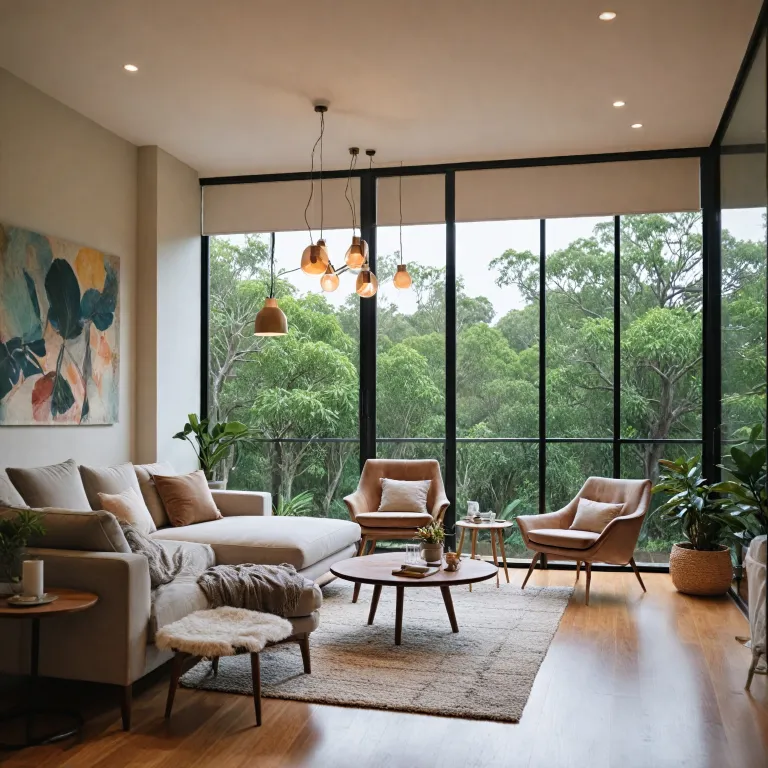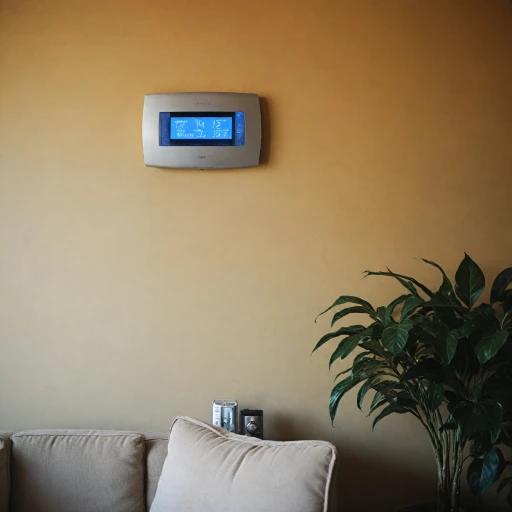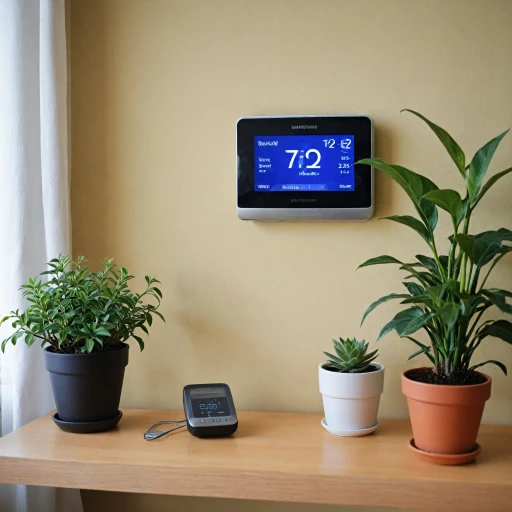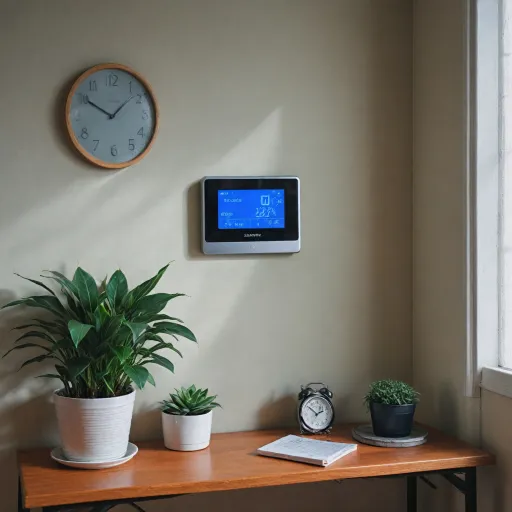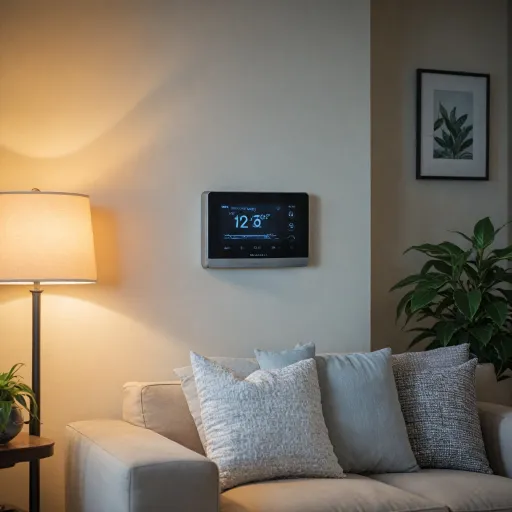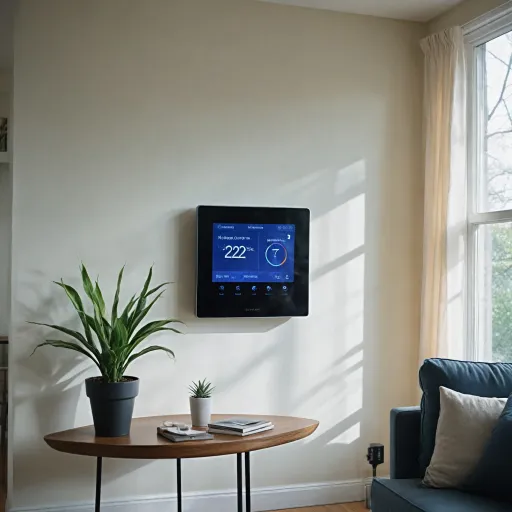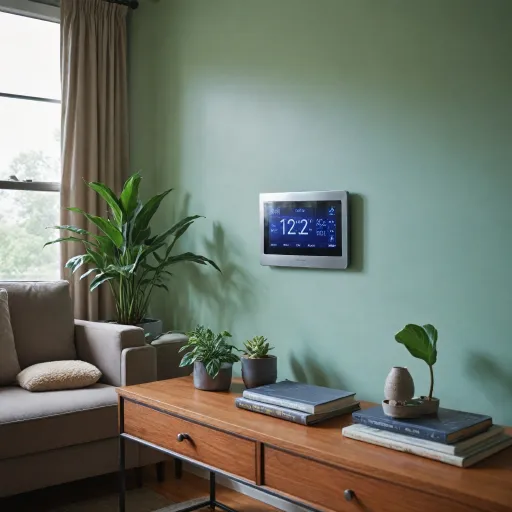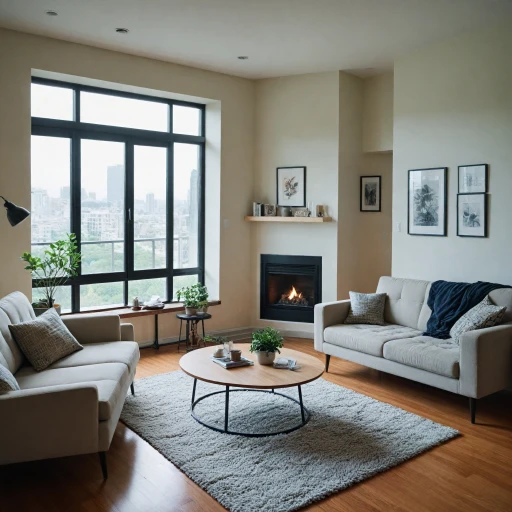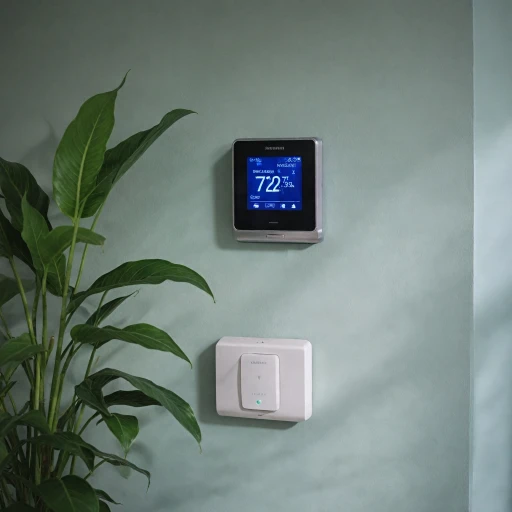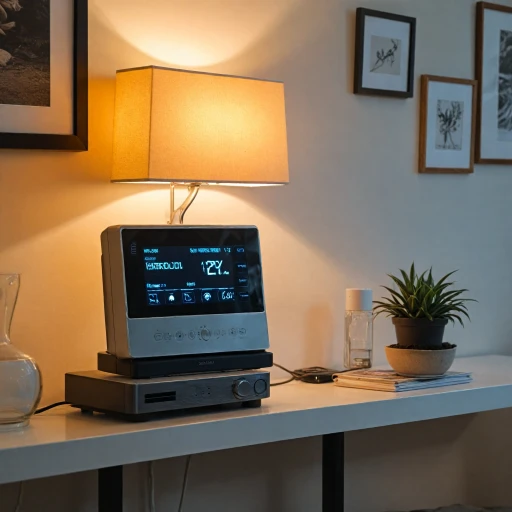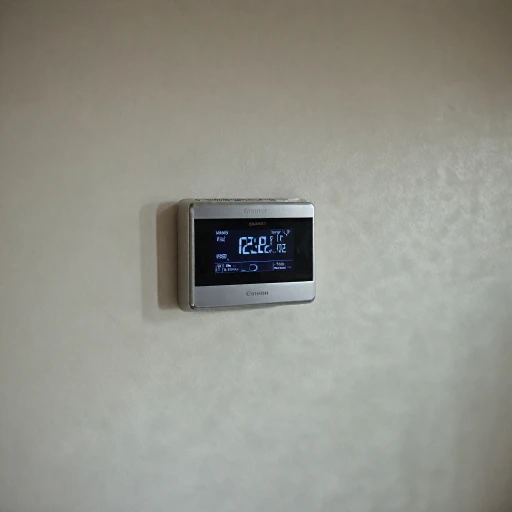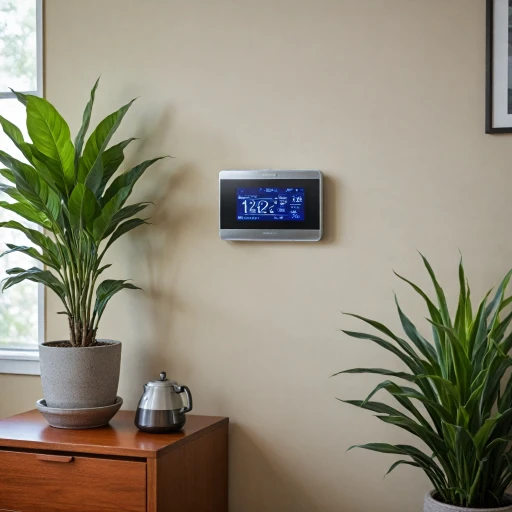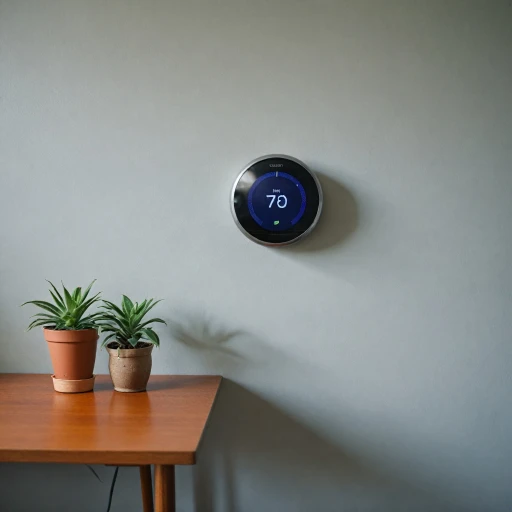
Understanding Smart Thermostats
Introducing the Smart Thermostat
The advent of smart thermostat technology is revolutionizing how we manage energy consumption in our homes. These devices offer an unprecedented level of control, allowing users to adjust temperature settings with ease. Designed with the user in mind, smart thermostats integrate smoothly with other smart home devices like Yiray smart lights, creating a cohesive smart home experience. Smart thermostats are especially significant in the context of energy efficiency. Integrated with systems like solar lighting, they can substantially cut energy costs. In Australia, these devices are becoming increasingly popular as they align with the government’s push for energy-efficient solutions, particularly in a business context. The technology is also tailored for the Australian climate, ensuring that homes remain comfortable during those hot summer days and cooler winter nights. Indigenous-owned companies like Yiray Tech continue to innovate, offering products that reduce carbon footprints through advanced LED technology and energy-efficient solutions."Integration with Smart Lighting
Seamless Integration with Smart Lighting Systems
Integrating smart thermostats with smart lighting systems, like Yiray's innovative solutions, offers a cohesive approach to managing home energy efficiency. This integration allows homeowners to control both temperature and lighting through a single interface, enhancing convenience and optimizing energy use.
Smart lighting systems, such as those offered by Yiray in Australia, are designed to work harmoniously with smart thermostats. These systems can be programmed to adjust lighting based on the time of day or occupancy, thanks to motion sensors and smart technology. This not only improves energy efficiency but also contributes to significant cost savings over time.
For instance, when a room is unoccupied, both the thermostat and lighting can automatically adjust to energy-saving settings. This synergy between smart thermostats and lighting solutions is particularly beneficial in reducing carbon footprints, aligning with the growing trend towards renewable energy and sustainability.
Moreover, the integration of smart thermostats with Yiray's LED technology, known for its long lifespan hours and energy efficiency, offers a perfect blend of modern convenience and environmental responsibility. This is especially relevant in smart city initiatives and government-backed energy efficiency programs in Australia, where reducing energy consumption is a priority.
Incorporating solar lighting solutions into this ecosystem further enhances the benefits, providing an additional layer of energy savings and sustainability. Yiray's solar lighting options, designed and manufactured with cutting-edge technology, are ideal for those looking to reduce their reliance on traditional energy sources.
Overall, the integration of smart thermostats with smart lighting systems like Yiray's offers a comprehensive solution for modern homes, businesses, and even indigenous-owned enterprises seeking to embrace sustainable technology. This approach not only enhances user experience but also contributes to broader energy efficiency goals.
Energy Efficiency and Cost Savings
Smart Thermostats: A Gateway to Greater Energy Efficiency
Smart thermostats have revolutionized the way Australians manage their home environments, offering profound impacts on both energy use and financial savings. When integrated with innovative technologies such as Yiray smart lights and solar lighting solutions, the potential for energy efficiency is significantly enhanced. One of the key features of smart thermostats is their ability to automatically adjust their settings based on user habits and preferences. This adaptive control not only ensures comfortable indoor temperatures but also optimizes energy usage. By utilizing cutting edge LED technology and motion sensors, devices like Yiray light systems further aid in reducing unnecessary energy consumption.- Optimized Energy Usage: Smart thermostats learn from routine usage patterns and climate data to regulate temperatures, aligning with peak energy efficiency periods. This is particularly beneficial when paired with smart lighting systems that adjust lumen hours based on natural daylight, thus extending the lifespan hours of your lighting solutions.
- Cost Savings: With reduced energy usage comes reduced energy bills. Smart thermostats, working in tandem with Yiray's innovative systems, can offer significant cost savings over time. Government initiatives in Australia often support such technologies, promoting reductions in energy consumption and encouraging the adoption of solar lighting solutions.
- Environmental Impact: Smart thermostats help reduce carbon footprints, which aligns with Australia’s dedication to renewable energy solutions. By managing energy efficiency meticulously, smart home technologies contribute to the broader goals of smart city developments and indigenous-led initiatives in sustainable energy.
User Experience and Convenience
Enhancing Comfort and Control
The user experience is a cornerstone of smart thermostat technology, and it has certainly evolved to offer extensive convenience. With smart thermostats, especially when integrated with Yiray smart lights, users across Australia are discovering unprecedented levels of comfort and control. Modern thermostats are designed to seamlessly integrate into one's daily life, adapting to routines while optimizing energy usage. They make it simple to adjust temperatures through smartphone apps or voice commands, a convenience made perfect for managing both comfort and savings effortlessly.Aimed at User Flexibility
These devices are crafted with the user in mind, allowing for precise degrees of control over your environment. Imagine having your home's temperature adjust automatically as per your preferences, thanks to smart city innovations, LED technology, and motion sensors. This capability is essential in enhancing user experience by providing exactly what they need, when they need it. Moreover, smart thermostats catering to a smart city framework are often empowered by renewable energy sources, like solar lighting, further contributing to energy efficiency. Imagine the synergy of Yiray's solar and LED solutions working in tandem with energy-efficient thermostats, leading to remarkable savings on energy bills.Convenience Meets Sustainability
Yiray's smart lighting solutions, integrated with thermostats, offer indigenous-owned energy efficiency strategies. Government initiatives in Australia are promoting these technologies, aiming to reduce carbon footprints and foster a cleaner environment. Coupled with the lifespan benefits of lumens and LED solutions, users can expect enhanced durability and further cost reduction. Ultimately, the user experience and convenience offered by smart thermostats align beautifully with cutting-edge technology, yielding both personal and environmental benefits. The future not only promises improved functionalities but also aligns with a broader commitment to sustainable living.Challenges and Considerations
Challenges and Considerations for Smart Thermostat Users
While smart thermostats offer a range of benefits, there are certain challenges and considerations to be aware of when integrating them into your smart home setup. This includes navigating technology compatibility, understanding energy efficiency, and considering the location-specific needs of a place like Australia.
One significant challenge is ensuring compatibility with existing smart home systems, such as Yiray smart light solutions and other smart lighting products. The integration of various smart devices, like smart thermostats with lighting designed to use Yiray LED technology, requires careful planning to ensure seamless operation. This involves checking compatibility across systems and understanding how each component, like solar lighting, interacts within the smart home ecosystem.
Energy efficiency and savings are also crucial aspects to consider. While smart thermostats are designed to enhance energy consumption, their effectiveness can be influenced by installation factors and user control preferences. For example, a smart thermostat's ability to optimize energy use may depend on how well it interacts with elements like motion sensors and solar technology in lighting solutions, promoting smart city ambitions in places like Australia.
The initial cost and installation can pose barriers, especially in terms of affordability. However, indigenous owned businesses and government initiatives may provide assistance, making smart home technologies like Yiray LED lighting more accessible. Additionally, understanding the potential savings on energy bills and government incentives for using renewable energy can help offset initial costs over time.
Lastly, the lifespan and durability of smart thermostats can be an issue. Like any technology, there is a degree of risk regarding long-term reliability and the lifespan hours of the devices. It's crucial for users to research warranties and the business reputations of manufacturers supplying these technologies in Australia.
